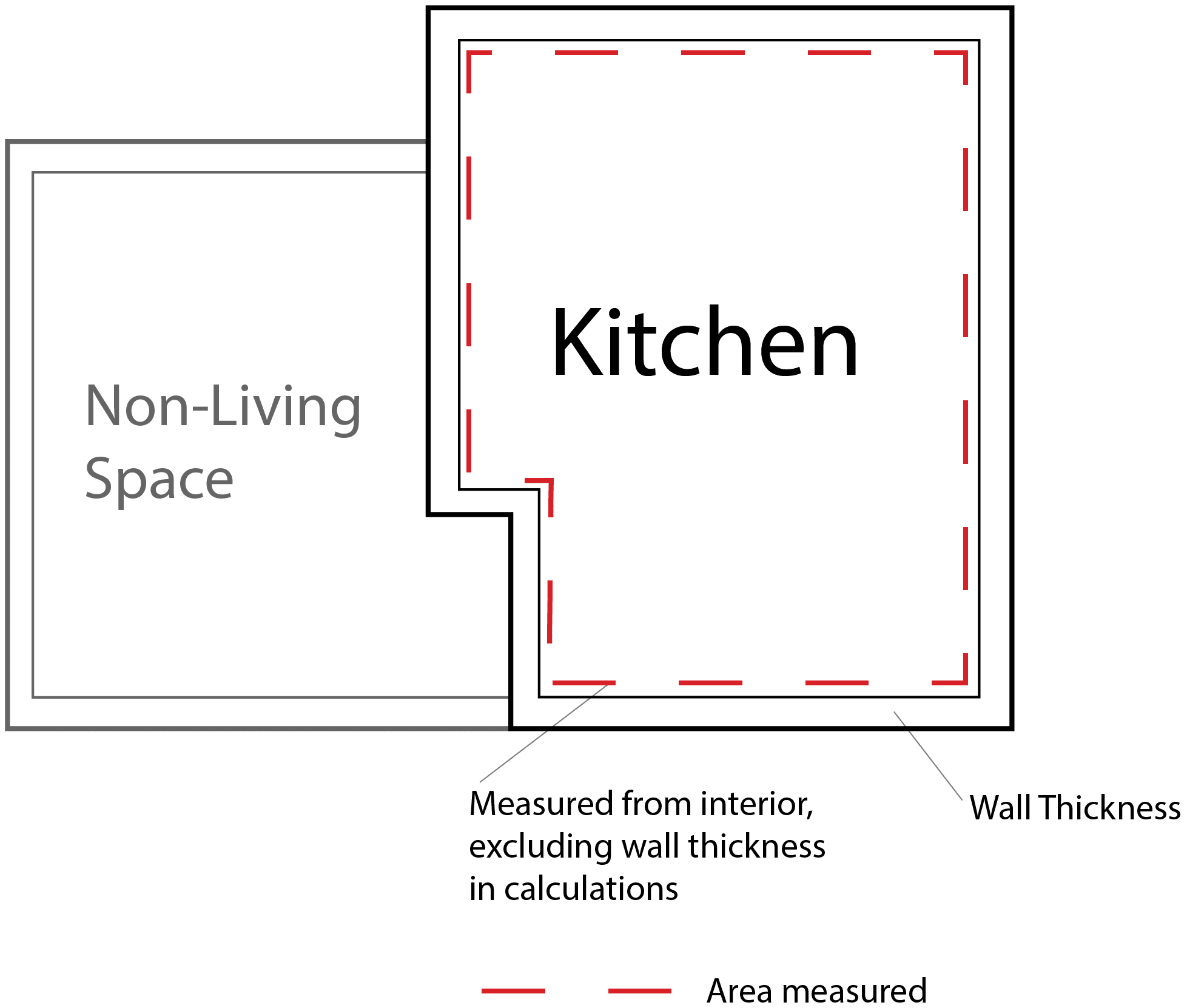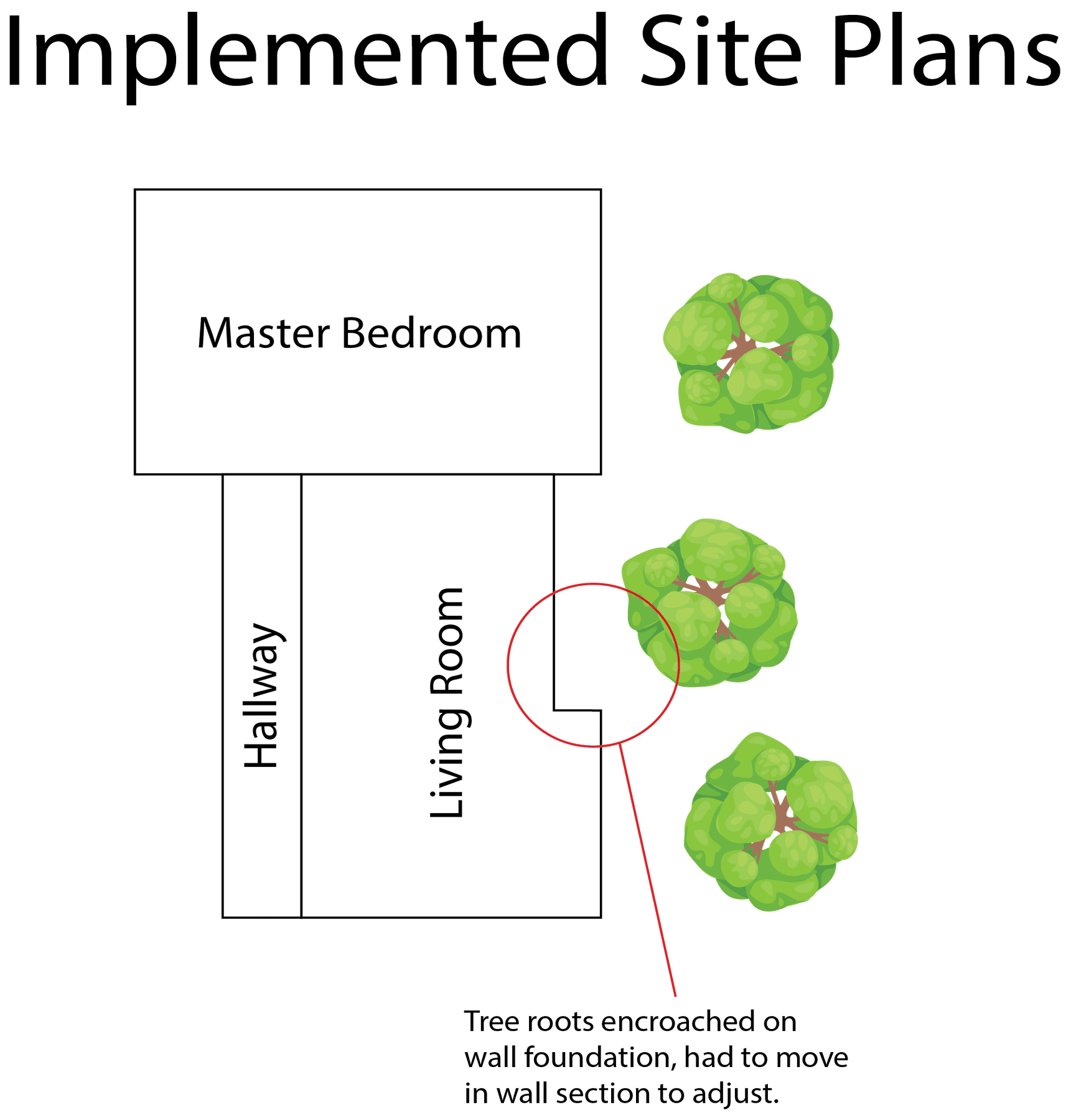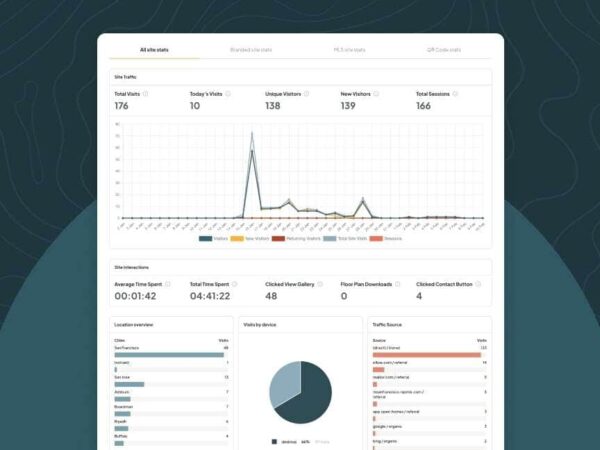Floor Plans can be confusing
Which parts of a home are considered Living Space? How does Open Homes calculate the total square footage? Why might the square footage totals from an appraiser/architect/tax records be different than Open Homes’ totals?
We know the Floor Plan Drafting process and results can be difficult to navigate, so we’ve provided answers to many common questions below.
How Do You Measure Floor Plans?
Our draftspersons measure according to the American National Standards Institute (ANSI) guidelines. These guidelines were created to help ensure accurate and reproducible measurements of square footage and are the most widely-recognized standard in the drafting world. It is important to note that ANSI is a modern standard. Older homes may not have been calculated using these. Additionally, appraisers are not obligated to follow ANSI.
Do You Measure from Interior or Exterior Walls?
For every structure – no matter the type or size – our draftspersons measure to the interior walls, but there is a difference in how that measurement is calculated to represent the property best. For most homes – in particular standalone, single family residences – our draftsperson will measure up to the interior walls but calculate the measurement to the exterior walls. This is done to better represent the footprint of the home and actual, usable build-out. Our drafters can accurately estimate the thickness of the walls using a number of tools. A door jamb or window frame will provide a good indicator for how thick the walls are.
So, why don’t draftspersons calculate the exterior walls into their measurements each time? In some instances, this form of measurement would not be possible, or demonstrably accurate. Apartment buildings, townhomes, and condominiums, for example, do not allow for exterior wall measurement due to shared walls that often include mechanicals (for example, plumbing) or structural elements. A high-rise condo may have 2-foot thick concrete in the walls but the door jamb only indicates a wall thickness of 6 inches. In these cases, measurements are taken from the interior walls because there is no accurate way of telling how thick each of the walls are.


Why don’t the Dimensions in my floor plan add up to total square footage?
Agents sometimes expect the room dimensions to add up to the total square footage of the home. In reality, room dimensions will almost never add up perfectly to the total square footage. There are a few reasons for this, including the presence of interior walls, the thickness of interior and exterior walls, and small spaces which are not included in the dimensions.
Dimensions are commonly used as a way to help new homeowners plan for things like furniture and flooring and should not be used to calculate overall square footage. Agents should rely on the total measurements for this.
Why Might the Calculations Differ?
City, County, and Tax Records Discrepancies
While our draftspersons follow ANSI standards – the most widely-recognized and accepted standards for drafting – it is important to note that, according to CAR®, “There is no one “official” size source or a “standard” method or tools for calculating exterior structural size, interior space or square footage.” Indeed, real estate agents, appraisers, contractors, building departments and community tax assessors may each come up with contradictory measurements – even when measuring the same home.
As such, buyers are strongly encouraged to retain the services of experts in order to obtain accurate measurements of a structure before purchasing.
How did they measure? Here are a number of processes that can have wide ranges.

Analog Roller Wheel

Measuring Tape

Bosch Laser Measure
But I have plans from the architect?
Unfortunately, what’s designed on paper is rarely translated perfectly to the site and build. Variables that exist on site can’t be predicted in the blueprints, so we commonly see small discrepancies between the blueprint and physical measurement. There can be slight physical variables (trees, rocks, etc) that can affect slight variations in the final build or simply basic market conditions. For example, the General Contractors’ goal is to get it delivered on time and on budget. Things change constantly onsite, so minor pressures can also result in discrepancies.


But the appraiser confirmed the tax records?
How? Did they use highly accurate, professional measurement devices and input them into professional Computer Aided Design tools and provide you with a plan? Or did they make a few measurements and assume the records were correct? We recommend asking the appraiser to clarify the standard of measurement.
But I have plans from the appraiser?
Appraisers are hired to mitigate liability on behalf of a bank; they don’t always use a laser measure and put it into a CAD system. Appraisers’ goals do not include obtaining super accurate square footage. Our draftspersons are there to measure within a sixteenth of an inch accuracy.
MLS and CAR Procedures
While the MLS does not contain specific guidelines for how to measure a home, its main emphasis is on avoiding “puffery” or misrepresentation.
The main things to remember when listing square footage on the MLS is to always cite the measurements’ sources, cite all sources available (no picking and choosing) and include a disclaimer that you have not personally verified the measurements yourself.
Check out this Quick Guide from CAR, which contains important Dos and Don’ts for buyers, sellers, and agents when it comes to disclosing square footage. CAR has also provided Legal Tools here for agents.
OHP terms
Disclaimer: Rendering by Open Homes Photography.
All measurements are approximate and may not be exact.
Do not rely on the accuracy of this floor plan when determining the price of a property or making decisions regarding buying or selling of properties without independent verification.
You can find Open Homes Photography’s copyright terms here.



